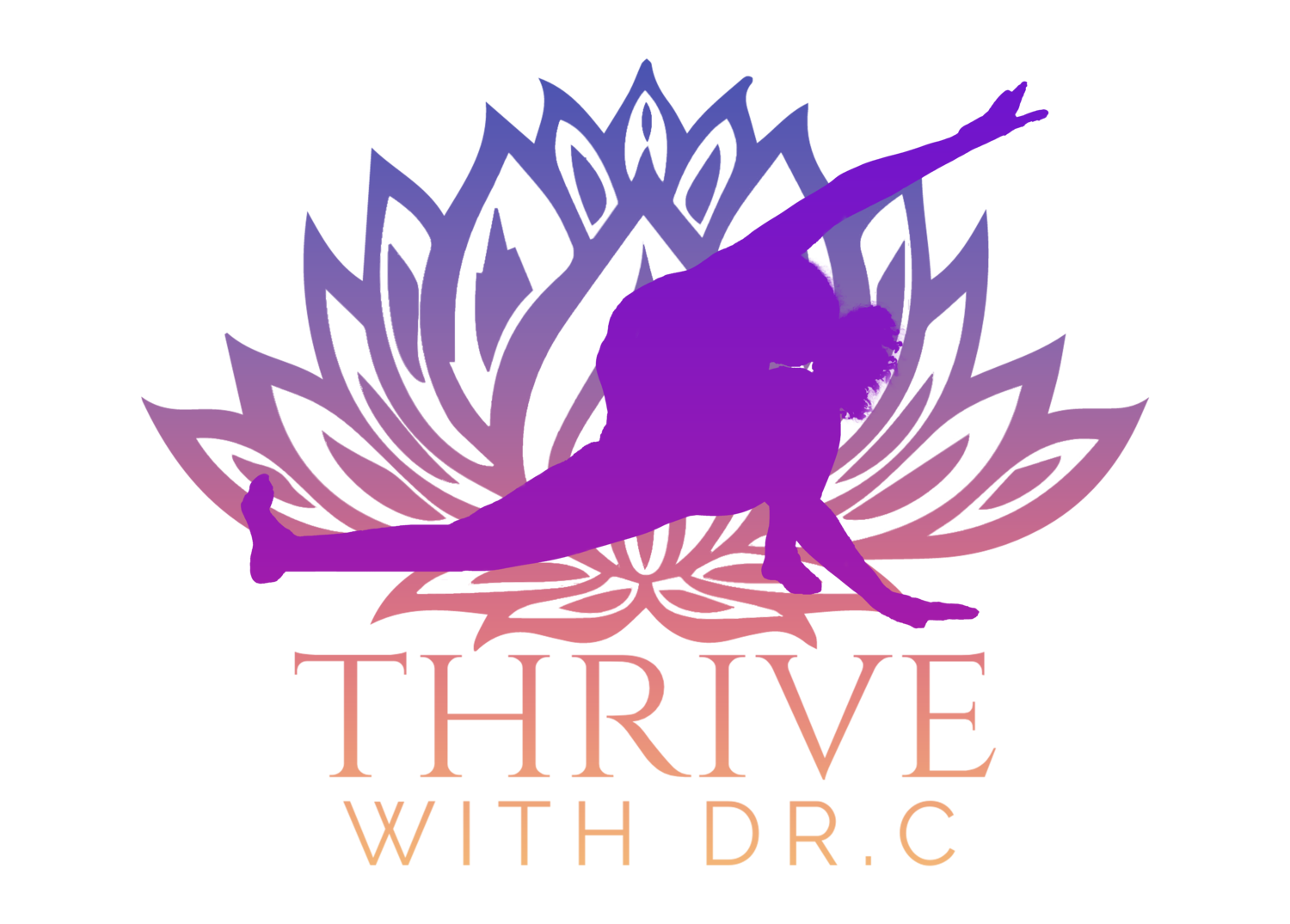Your Body's Cravings: What They Mean & How to Respond
Do you ever find yourself craving chocolate, salty chips, or something crunchy when you're feeling stressed? Have you ever wondered why certain cravings strike at different times? Instead of viewing cravings as random urges or indulgences, it’s time to reframe them as signals from your body, communicating specific needs. By understanding these cravings, we can respond in a way that nourishes our bodies while maintaining balance and health.
Why Do We Experience Cravings?
Cravings are influenced by a variety of factors, including physiological needs, emotional triggers, and habitual behaviors. Here are some of the most common reasons we experience cravings:
Nutrient Deficiencies – When your body lacks essential nutrients, it may signal cravings for foods that contain them.
Blood Sugar Imbalance – Sudden drops in blood sugar can trigger cravings for quick energy sources like sugar or refined carbohydrates.
Emotional and Stress Responses – Stress, anxiety, or even boredom can prompt cravings, particularly for comfort foods.
Dehydration – Sometimes, thirst is mistaken for hunger, leading to cravings.
Hormonal Changes – Fluctuations in hormones, such as those that occur during menstruation or pregnancy, can lead to increased cravings for certain foods.
Learned Associations – If you associate certain foods with comfort or pleasure, you may develop habitual cravings for them, even when your body doesn’t need them.
Instead of ignoring cravings or indulging mindlessly, let's break down some of the most common cravings, their possible meanings, and healthier ways to satisfy them.
Common Cravings & Their Meanings
1. Chocolate
Craving chocolate is extremely common, and there’s a good reason for it. Chocolate contains magnesium, a vital mineral that supports muscle relaxation, nerve function, and stress management. If you find yourself frequently reaching for chocolate, your body might be signaling a magnesium deficiency.
Healthy Alternatives:
Choose dark chocolate with at least 70% cacao, which is rich in magnesium and antioxidants.
Incorporate magnesium-rich foods into your diet, such as leafy greens, nuts (almonds, cashews), seeds (pumpkin, flaxseeds), and whole grains.
Consider relaxation techniques, as stress can deplete magnesium levels.
2. Salty Foods
Craving salty foods may indicate dehydration, an electrolyte imbalance, or even adrenal fatigue. Your body requires sodium and other electrolytes to maintain fluid balance and proper muscle function.
Healthy Alternatives:
Drink more water and ensure you're staying properly hydrated.
Opt for lightly salted nuts, olives, or homemade popcorn instead of processed chips.
Eat potassium- and magnesium-rich foods like avocados, bananas, and sweet potatoes to balance electrolytes naturally.
3. Sugary Sweets
A strong desire for sugary foods often stems from blood sugar imbalances. When your blood sugar drops, your body craves a quick energy boost, leading you to reach for sweets.
Healthy Alternatives:
Pair natural sugars with protein or healthy fats to stabilize blood sugar, such as apple slices with almond butter or Greek yogurt with berries.
Reduce processed sugar intake and focus on whole foods like fresh fruit, dates, and raw honey.
Eat balanced meals with complex carbohydrates (like quinoa or sweet potatoes) to prevent sugar crashes.
4. Crunchy Snacks
Crunchy cravings are frequently linked to stress, as the act of chewing provides a physical release for built-up tension. This is why many people reach for chips or crackers when feeling overwhelmed.
Healthy Alternatives:
Choose raw vegetables like carrots, celery, or bell peppers with hummus.
Snack on nuts or roasted chickpeas for a satisfying crunch with added nutrition.
Manage stress through activities like deep breathing, yoga, or meditation to reduce emotional eating.
5. Carbs & Bread
Cravings for bread and other refined carbohydrates often indicate a need for serotonin, the “feel-good” neurotransmitter. Eating carbohydrates temporarily boosts serotonin levels, making us feel better.
Healthy Alternatives:
Opt for whole grains such as quinoa, brown rice, or oatmeal, which provide slow-digesting carbs and fiber.
Include serotonin-boosting foods like bananas, walnuts, salmon, and eggs.
Engage in mood-boosting activities like spending time in nature, exercising, or journaling.
How to Reduce Cravings Naturally
Understanding what cravings mean is just the first step. To minimize them and maintain balance, consider the following strategies:
1. Stay Hydrated
Dehydration is a common cause of cravings. Drinking enough water can help prevent mistaking thirst for hunger.
2. Eat Balanced Meals
A diet rich in protein, fiber, and healthy fats helps keep blood sugar levels stable and reduces cravings for quick-fix foods.
3. Manage Stress
Since stress is a significant trigger for cravings, implementing stress-reduction techniques such as meditation, deep breathing, and physical activity can help.
4. Get Enough Sleep
Lack of sleep increases cravings, particularly for sugar and refined carbs. Aim for at least 7–9 hours of quality sleep each night.
5. Plan Ahead
Keeping healthy snacks on hand prevents impulse eating and helps satisfy cravings with nutritious alternatives.
6. Mindful Eating
Pause before giving in to a craving and ask yourself: “Am I truly hungry, or is this an emotional craving?” Taking a few moments to assess your needs can help you make more conscious choices.
Final Thoughts
Cravings are not something to fight—they're messages from your body. Instead of ignoring or suppressing them, take the time to understand their root causes and choose nourishing options that support your well-being. By staying hydrated, eating balanced meals, managing stress, and prioritizing sleep, you can reduce cravings naturally and develop a healthier relationship with food.
At Thrive with Dr. C, an Arlington, VA Physical Therapy practice, we believe in holistic wellness that supports both body and mind. If you're looking for a personalized approach to health that integrates movement, nutrition, and self-care, our team is here to help. By listening to your body's signals with curiosity rather than guilt, you empower yourself to make choices that support long-term health and happiness.
